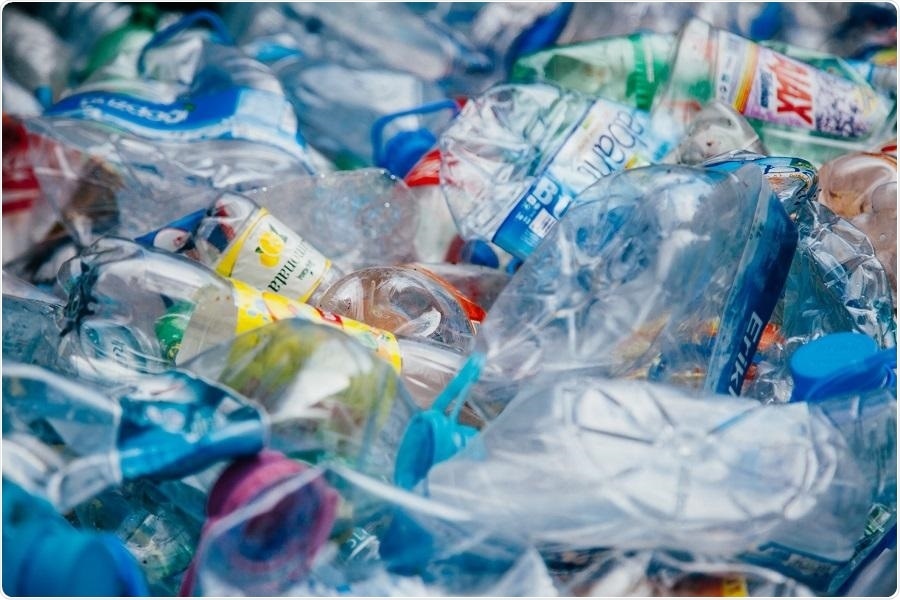
Researchers converts plastic waste into vanillin using bacteria
YarnsandFibers News Bureau 2021-07-07 10:50:16 – United KingdomResearchers at the University of Edinburgh have genetically engineered the common bacteria Escherichia coli (E.Coli) to convert post-consumer PET plastic into vanillin via a sequence of chemical reactions.
Vanillin, the primary component of extracted vanilla beans, is responsible for vanilla's flavor and fragrance. It's often found in food and cosmetics, as well as herbicides, antifoaming agents, and cleaning product formulations. The global demand for vanillin is estimated to be approximately 37,000 tonnes per year.
Joanna Sadler of the School of Biological Sciences at the University of Edinburgh, said that this is the first example of employing a biological system to upcycle plastic trash into a valuable industrial chemical, and it has extremely interesting implications for the circular economy. Their findings have significant ramifications for the area of plastic sustainability, and they illustrate the capacity of synthetic biology to solve real-world problems.
PET (polyethylene terephthalate) is a kind of plastic that is frequently used. PET is degraded into its constituent monomers, ethylene glycol, and terephthalic acid, by most available recycling methods, which are then repurposed in second-generation plastic polymers. The research duo Wallace and Joanna Sadler, both of the University of Edinburgh, seek to repurpose these monomers into alternative products.
Through oxidation, methylation, and two reduction processes, their modified E. coli generates enzymes that convert terephthalic acid to vanillin. Plasmids, which Wallace describes as "circular bits of DNA that are basically an instruction book for the chemistry you want that cell to execute," were used to deliver these enzymes to the cell. Introducing so many non-native enzymes to E. coli proved to be a difficult task.
Sadler explains that when you introduce additional enzymes, you are placing a lot of stress on the cell, and it will eventually grow dissatisfied with the amount of work you are asking it to do.' This presents a number of biological challenges.
They ultimately discovered a sweet spot where each of the enzymes could play its part in the biocatalytic transformation of terephthalic acid to vanillin after careful tuning of reaction conditions and media.
Aside from the practical benefit, Wallace claims that their study ‘completely transforms the image of plastic waste as a troublesome end product into a usable feedstock for modern industrial biotechnology.' Wallace and Sadler want to improve the process and scale it up, as well as develop other methods to generate other useful compounds from PET waste.
The study, which was published in Green Chemistry, sets the groundwork for future research into increasing vanillin production to industrially significant levels.
Market Intelligence
Ask for free sample Report

experience
Customer Base
dedicated team
Countries Served Worldwide









